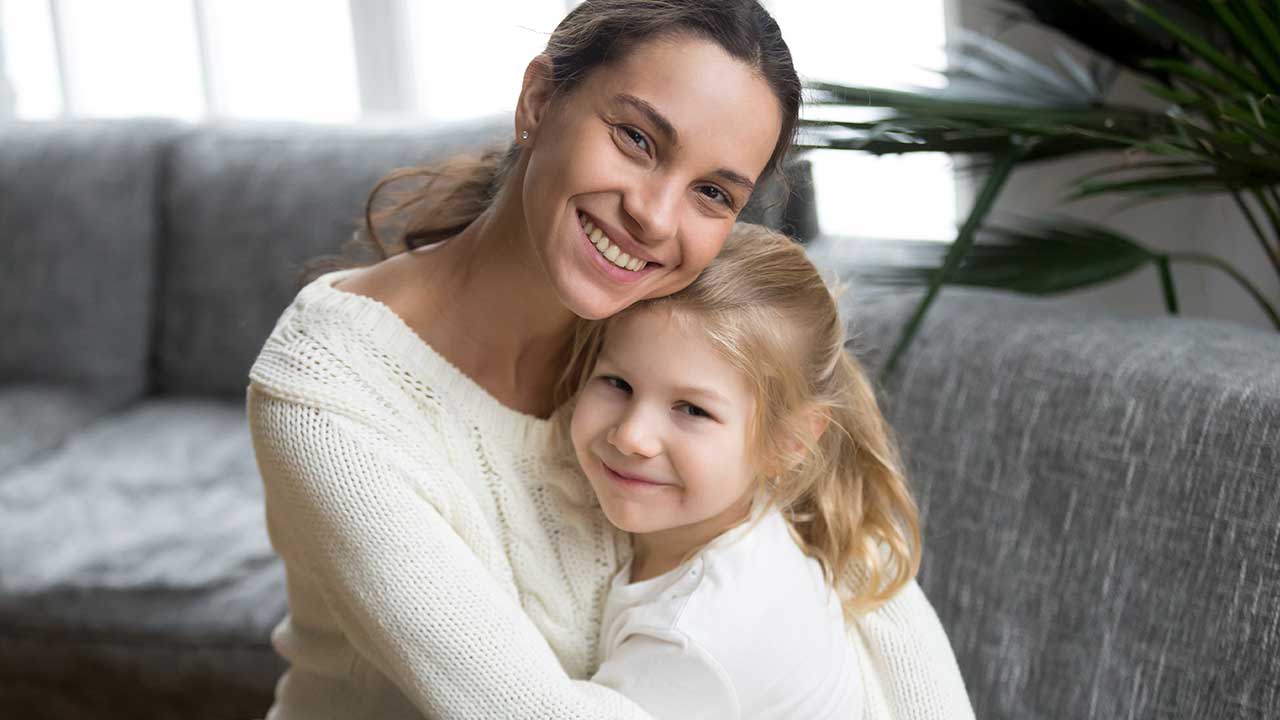If you’re looking to change your child’s custody situation, the first step is understanding the different aspects of child custody in California. Most custody agreements center around legal custody and physical custody, which are generally treated separately (a parent can have legal custody but not physical or vice versa, although the second one is relatively rare).
Legal custody: Legal custody refers to a parent’s ability to make decisions about their child’s health, education, and welfare. This includes where the child will go to school, where the child will go to church (if at all), and where the child will receive medical care. It is expected that parents will share legal custody.
For one parent to obtain sole custody, the court will have to conclude that:
- The parents are unable to work together for the child’s benefit
- One parent is unfit
- One parent is incapable of making decisions for the child’s benefit
- It is in the child’s best interests for one parent to have sole legal custody
Physical custody: This refers to where the child spends their time. The parent with whom the child is residing at the time generally has the ability to make decisions about the child’s day-to-day life.
Joint custody means that the child lives roughly equally with both parents. If the child spends all or most nights at one parent’s house, that parent is considered the custodial or residential parent, although the other parent may have scheduled parenting time with the child. Sole custody means that the child lives exclusively with one parent, although the other parent may be entitled to supervised or unsupervised visits with the child.
Changing Child Custody
If you and your child’s other parent agree that you should have sole legal and/or physical custody, it is a relatively simple matter to amend the custody order. Your attorney will be happy to walk you through the process, prepare the paperwork, and submit it to the court.
However, if you are looking to go back to court to change your child’s custody situation, you should know that it is a very high bar for a court to order sole legal and physical custody for one parent if the other parent wishes to continue joint custody. The duty of the court is to act in the child’s best interest, and it is presumed that it is in the best interest of the child to have both parents involved in the child’s life.



